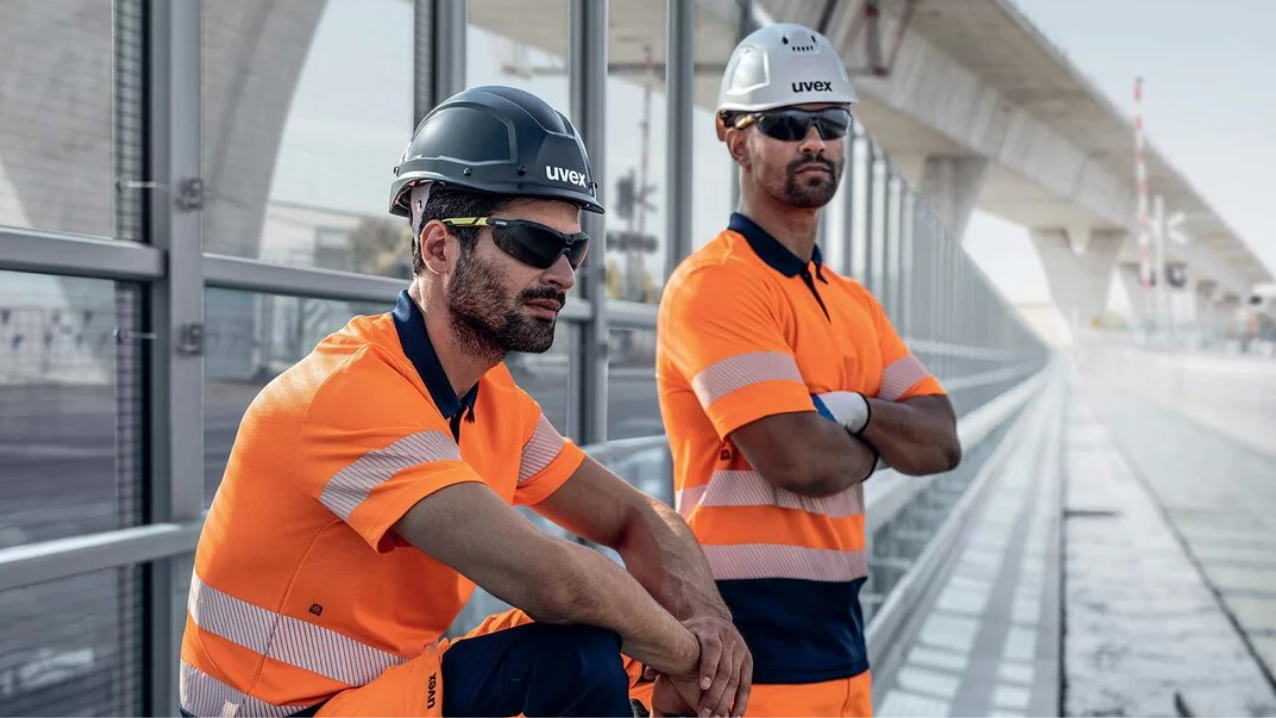The new EN ISO 16321-1:2022 standard will come into force in November. Clair Weston explains what construction professionals should know about it.

For more than two decades, construction professionals across the European Union and the UK have relied on the EN 166:2001 standard to ensure the safety of their workers through certified protective eyewear. This standard has played a crucial role in minimising eye injuries on construction sites, where exposure to dust, debris and hazardous materials is commonplace.
However, with advancements in technology and a deeper understanding of occupational safety, a new standard has emerged: EN ISO 16321-1:2022. This updated standard, which will officially be adopted in November 2024, introduces significant changes to the requirements and testing methods for safety eyewear. These changes aim to harmonise safety regulations globally, ensuring a higher level of protection for workers in construction and other industries.
Key changes in the standard
Expanded head forms for better fit
One of the most notable changes under EN ISO 16321-1:2022 is the inclusion of six different head forms, a significant increase from the previous medium and small head forms under EN 166.
This adjustment is the result of extensive research, ensuring that safety eyewear now accommodates 95% of the global population. For construction professionals, this means enhanced comfort and protection, particularly in environments where the risk of eye injury is high.
The one-size-fits-all approach is no longer the norm, allowing for better-fitting eyewear that can be worn comfortably throughout a workday. As a result, education on what is deemed a good fit to ensure maximum protection is required throughout the industry.
Revised mechanical strength requirements
Construction sites are rife with potential hazards, including flying debris and projectiles. Under the new standard, impact resistance levels have been modified, with three new impact levels (C, D and E) introduced with revised velocity speeds.
Additionally, EN ISO 16321-1:2022 establishes specific ‘protection zones’ – orbital, extended orbital and face protection – to ensure that eyewear provides adequate coverage based on the speed of potential projectiles. For example, eyewear rated under impact level C must include an orbital protection zone, offering better protection against high-velocity impacts.
Updated lens filter markings
Lens filters play a crucial role in protecting against optical radiation on construction sites, particularly in welding and cutting operations. While the protective features of lens filters remain largely unchanged from EN 166, the new standard introduces updated markings for clarity and consistency. This includes detailed criteria for ultraviolet (UV) filters, sun glare filters, infrared filters and welding filters.
The updated markings provide clearer information to construction professionals, ensuring they select the appropriate eyewear for specific tasks. For instance, welding filters now include compliance for signalling lights, an addition that was not covered under EN 166 but is crucial for maintaining colour accuracy during operations.
Additionally, some of the markings will change. For example, under EN 170 lenses were marked 2-1.2 / 2C-1.2 – under ISO 16321 the 2 will be replaced by a U for UV and the C will be replaced with an L for signal light detection.
Practical implications for construction professionals
The adoption of EN ISO 16321-1:2022 brings about several practical implications for those working in the construction industry, including:
- Familiarisation with new markings and labels. Construction managers and safety officers need to understand the new markings and labels on safety eyewear. This knowledge will ensure the right products are selected for specific tasks, minimising the risk of eye injuries on site.
- Training and compliance. Employers should ensure their teams are trained on the new standard and understand its implications. This includes recognising the updated impact levels and protection zones, as well as selecting eyewear that fits properly across different head sizes.
- Phased transition. Existing EN 166 certificates will remain valid until their official expiry, with a maximum validity of five years. Construction professionals should be aware that this means products with EN 166 certifications issued as late as 31 October 2024 can be sold legally by manufacturers until 31 October 2029, with no end date for distributors to complete their sales. This means safety eyewear compliant with both the new and old standards could be available for some years.
Preparing for the transition
The introduction of EN ISO 16321-1:2022 marks a significant evolution in the standards governing safety eyewear. For construction professionals, understanding and adapting to these changes is crucial. By focusing on better fit, improved mechanical strength, and updated lens filters, the new standard ensures workers are better protected on site.
For more information on EN ISO 16321-1:2022, read Uvex’s white paper on the new standard here.
Clair Weston is marketing manager at Uvex.
Comments
Comments are closed.












Are these available? Are you able to advise what outlets are selling these currently